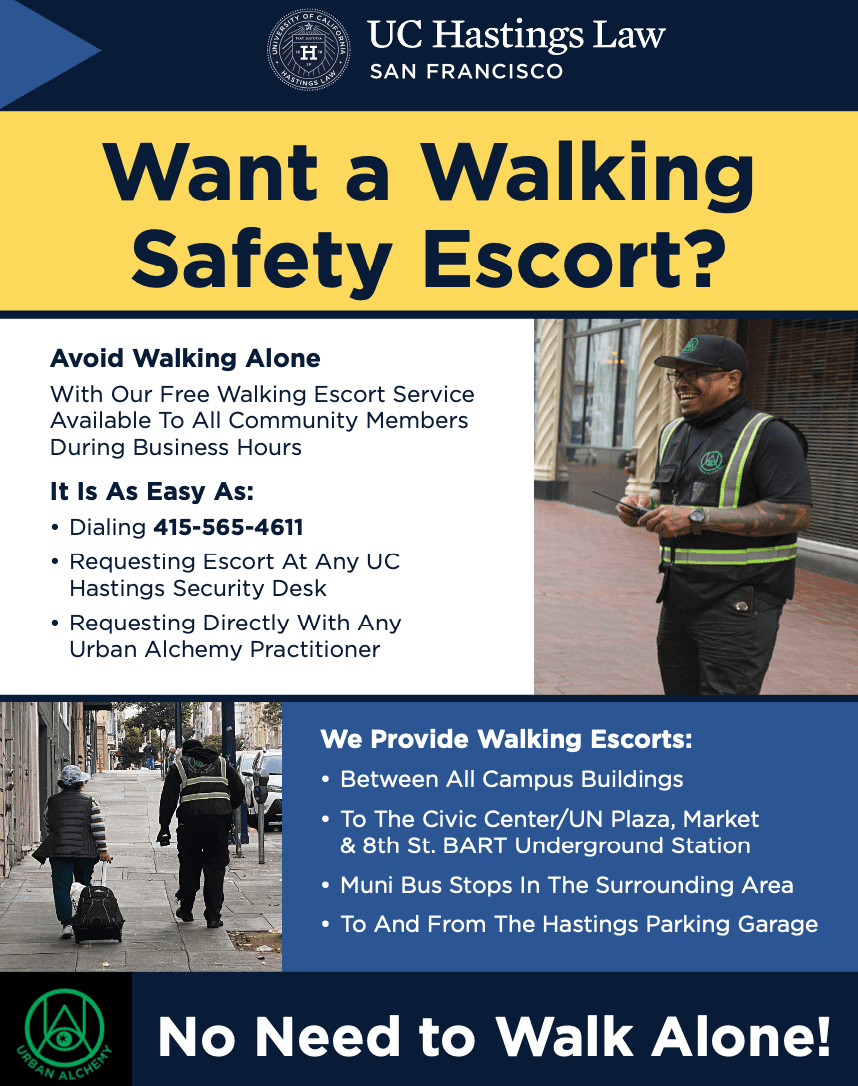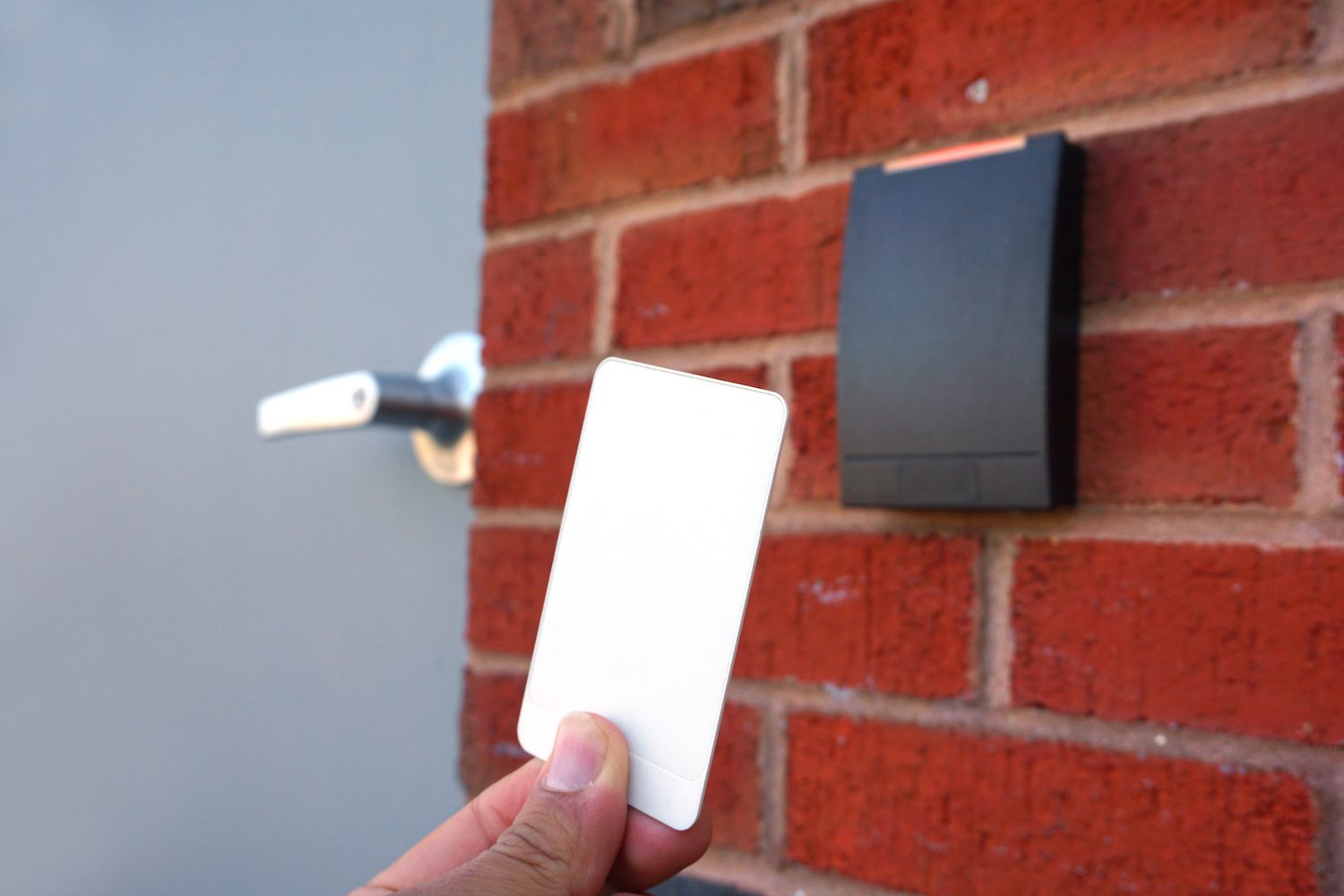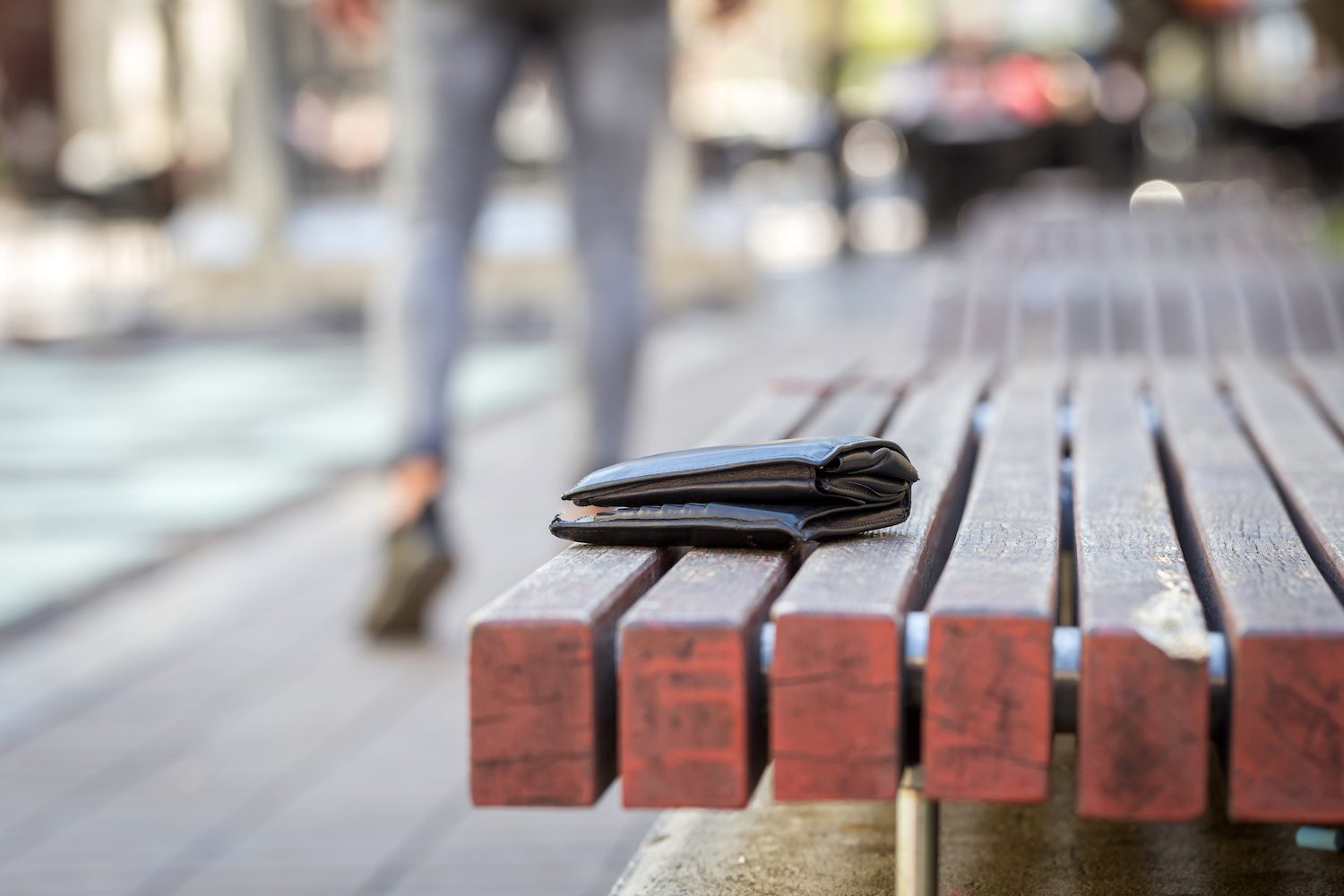Safety & Security
In the event of an emergency, dial 911 from any phone.
UC Law SF Non-Emergency Contact Information
Security Desk at 200 McAllister: (415) 565-4611
Security Desk at Cotchett Law Center at 333 Golden Gate: (415) 565-4888
Security Desk at 100 McAllister, Available 24/7 for any campus needs: (415) 581-8900
SFPD Police Department
Non-Emergency Dispatch Line: (415) 553-0123
Tenderloin Station: (415) 345-7300
If you need to file a police report, and are not involved in an emergency, you should call San Francisco Police Department’s non-emergency line at (415) 553-0123 or visit the SFPD Tenderloin Station at 301 Eddy Street San Francisco, CA 94102 and (415) 345-7300. Additionally, certain types of crimes can be filed online by using this link.

UC Law SF maintains the safety of our campus in partnership with UCSF and Urban Alchemy.
UC Law SF is committed to enhancing and preserving the quality of the learning opportunities and life experiences of each member of our community by actively working in collaboration with UCSF and Urban Alchemy to make our campus a safe place for you to live, work, study and visit. Specifically, UC San Francisco provides security guards to protect the integrity of our campus buildings as well as observe and report, contacting the San Francisco Police Department for anything they observe in and around our buildings or on our extensive security camera system. Urban Alchemy provides sidewalk safety services by engaging with members of the public and forming relationships to ensure our sidewalks remain safe for members of our internal and external community while minimizing reliance on law enforcement.
We also recognize that all members of the campus community share in the responsibility of maintaining our safe environment. To that end, our website provides relevant and practical information to help you prevent and better respond in the event of a crime or public safety emergency.
Security Resources
Annual Security and Fire Safety Report
This report contains statistics for the previous three years concerning reported crimes that occurred on campus, in certain off-campus buildings owned or controlled by the College, and on public property within, or immediately adjacent to and accessible from the campus. This report also includes institutional policies concerning campus security, alcohol and drug use, crime prevention, the reporting of crimes, timely warning of crimes, sexual violence and policies relating to personal safety at UC Law SF.
Crime Alerts at UC Law SF and Clery Daily Crime Log
The Clery daily crime log is a record of crimes identified by the Clery Act that are reported to UC Law SF Public Safety Ambassadors and the Office of Safety and Emergency Preparedness, occurring on campus and adjacent public property (streets and sidewalks). In the last 60 days, there have been no such crimes reported. Older records are available on request from the Office of Safety and Emergency Preparedness.
Download the UC Law SF Safe App (iStore / Google Play) & Register for Everbridge/Warn Me Alerts
UC Law SF Safe is UC Law SF’s health and safety app for the campus community. The app includes notifications and alerts, tools for staying safe on campus, emergency response guides, maps features and a variety of health, safety and wellness resources. It is available to download free from the iOS or Android app stores. Everbdrige/WarnMe is a multi-modal emergency notification system used to inform the community about incidents and emergencies affecting the College. Registration for Everbridge alerts and emergency contact information is provided through Sharknet. Current students, faculty and staff can verify that they are registered for Everbridge/WarnMe alerts, by visiting Sharknet and selecting the link in the Launchpad for “Update Emergency Contact Info.”

Safety Escorts
UC Law SF provides free walking escorts to the UC Law SF community between campus buildings as well as to local parking garages and mass transit stops. These walking escorts are requested through campus security officers and provided by Urban Alchemy safety practitioners.
More information
Campus Identification Cards
All members of UC Law SF must carry their College of the Law campus ID card and use it to badge in for entry to campus buildings. If you do not have your campus ID, you will have to show photo identification each time you enter a campus building.
More information
Lost and Found
If you lose any of your personal belongings, please check in with the campus security officers at the guard booths to request information about accessing lost and found, or by emailing security directly at the link below. If you find any unattended personal property please turn it in to campus security officers at one of the guard booths.
Contact Lost and FoundEmergency Procedures
What is an Emergency? A 911emergency is any situation in which immediate police, fire, or medical response is required to preserve life or property, such as:
- a fire
- a fight
- a chemical spill
- someone choking
- a crime in progress
- a serious injury or illness
- a situation involving weapons
- sounding of an emergency whistle
- an assault or immediate danger of assault
In every emergency, seconds count. Use 911 only for emergencies. Misuse of 911 may delay response to a legitimate emergency—and it’s against the law. Do not call 911 to report a loud party, missing property, power outages, or a crime no longer in progress and not requiring an immediate response to preserve life or property. Please contact SFPD’s non-emergency line for those types of needs at (415) 553-0123.
Certain emergencies require the evacuation of a campus building. In the event of an evacuation, everyone on campus should reconvene at the designated assembly area in United Nations Plaza (behind the Asian Art Museum)–see map below–and await further instructions.
If the fire alarm sounds, please exit the building, and assume there is a fire. Do not wait to see whether it was a false alarm. Walk to the fire exit nearest to where you are and exit the building. Persons with disabilities should wait near a fire exit for assistance. Once you are outside, head to the designated assembly area and await further instructions. Do not use an elevator during a fire emergency.
As with a fire, in the event of evacuation due to a bomb threat, walk to the fire exit nearest to where you are and exit the building. Students with disabilities should wait near a fire exit for assistance. Once you are outside, head to the designated assembly area and await further instructions. Do not use an elevator during a bomb threat. Do not use a cellular telephone or wireless laptop until you are either clear of the building or are informed that doing so is safe.
In the event of a power outage, stay where you are. Designated officials will instruct you on whether evacuation is necessary. If the fire alarm sounds, please exit the building.
UC Law SF Emergency Notification System, Everbridge, will be activated with instructions to shelter-in-place to all UC Law SF email accounts, and registered mobile devices, if deemed appropriate by authorized UC Law SF representatives in consult with the San Francisco Police Department. Outdoor warning sirens or horns maintained by the City and County of San Francisco may be activated (San Francisco tests the system and can be heard every Tuesday at noon).
UC Law SF conducts emergency response exercises each year, including evacuation drills. Regular testing of the Mass Notification System, Everbridge, also known as WarnMe is also conducted. These tests are designed to assess and evaluate the emergency response plans and capabilities of the College. These tests may be announced or unannounced. At least annually, emergency response and evacuation procedures are publicized in conjunction with a test.
In the event of a shooting on campus, if an active shooter is in your vicinity, you must quickly determine the most reasonable means of protecting your life. Remember that others are likely to follow your lead. Following are safety recommendations, published by the Department of Homeland Security, in their order of priority.
RUN:
- If there is an accessible escape path, attempt to evacuate the premises.
- Have an escape route and plan in mind
- Evacuate regardless of whether others agree to follow.
- Leave your belongings behind.
- Help others escape, if possible.
- Prevent individuals from entering an area where the active shooter may be.
- Keep your hands visible. – Follow the instructions of Public Safety Officers or police officers.
- Do not attempt to move wounded people.
- Call 911 when you are safe.
HIDE:
If evacuation is not possible, find a place to hide where the active shooter is less likely to find you.
Your hiding place should:
- Be out of the active shooter’s view
- Provide protection if shots are fired in your direction (i.e., an office with a closed and locked door)
- Not trap you or restrict your options for movement.
To prevent an active shooter from entering your hiding place:
- Lock the door.
- Blockade the door with heavy furniture.
If the active shooter is nearby:
- Lock the door.
- Silence your cell phone
- Turn off any source of noise (e.g., radios, televisions).
- Hide behind large items (i.e., cabinets, desks).
- Remain quiet.
If neither evacuation nor hiding out is possible:
- Remain calm.
- Dial 911, if possible, to alert police to the active shooter’s location.
- If you cannot speak, leave the line open and allow the dispatcher to listen.
FIGHT:
As a last resort, and only when your life is in imminent danger, attempt to disrupt and/or incapacitate the active shooter by:
- Acting as aggressively as possible against him/her.
- Throwing items and improvising weapons.
- Yelling.
- Committing to your actions.
When Law Enforcement Arrives:
Law enforcement’s purpose is to stop the active shooter as soon as possible. Officers will proceed directly to the area in which the last shots were heard.
- Officers usually arrive in teams of four.
- Officers may wear regular patrol uniforms or external bulletproof vests, Kevlar helmets, and other tactical equipment.
- Officers may be armed with rifles, shotguns, handguns. – Officers may use pepper spray or tear gas to control the situation.
- Officers may shout commands, and may push individuals to the ground for their safety